Wood is said to be a good electrical insulator. That's why, in the past, TV and radio casings were made of wood. In addition to its insulating ability, it was also non-magnetising, ensuring that the appliances worked properly and safely. You've probably also heard that if you sit on a wooden chair to change a light bulb, nothing can happen because wood doesn't conduct electricity. However, if it rains electric lightning, the most dangerous place is under a tree. There are countless spectacular images of electricity discharging through the only tree in the landscape. So the question arises: does wood conduct electricity or not? When and why wood turns from an insulator to a conductor of electricity, find out below.
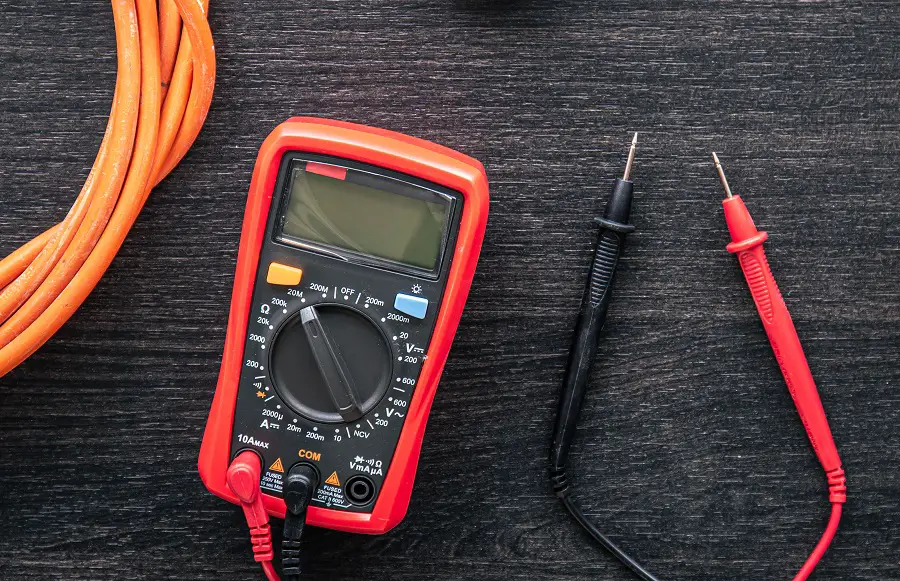
Is wood an electrical insulator or not?
It depends on the moisture content. The lower the moisture content, the better the wood is as an electrical insulator. Anhydrous wood does not conduct current at all. At a moisture content of 8-12%, its capacity as an electrical conductor is very low, so wood is still considered an insulator. As the water content increases, so does the ability of the wood to let current through. This capacity also depends on other factors, which we will examine in a moment.
The difference between the above examples is not only due to the difference in humidity but also to the strength of the electricity flow. When we talk about the normal electric current, the one needed for a light bulb to glow or an appliance to work, we are talking about the ability of the wood to let the current flow or not. But if there is a very strong electrical flow, such as lightning or high voltage lines, then the wood is simply passed through, its ability to resist the passage is useless. A wooden pole will be struck just like a tree, regardless of its moisture content. It is therefore advisable to avoid using wood near power lines, for example climbing a wooden ladder for an activity at height.
What determines the electrical insulating properties of wood
Electric current is a movement of a flow of electric charges represented by electrons or ions. Some materials have the ability to let this flow through, others do not. This ability depends on the nature of the materials, their chemical composition. The presence of free electrons or ions in the composition makes the material a good conductor of electricity, while their absence means that it can insulate. Metals have electrons loosely bound to the nucleus and so electric current is easily conducted. In the basic components of wood - lignin, cellulose and hemicellulose - there are no free ions and electrons are strongly attracted to the nucleus. The electric current does not find the particles to carry it away and so the flow of charges is stopped.
Another obstacle to electric current is the porosity of wood. As water escapes from the wood, gaps are left inside, where air can penetrate, which has no capacity to carry electric current. This is why wood becomes increasingly insulating as air replaces water.
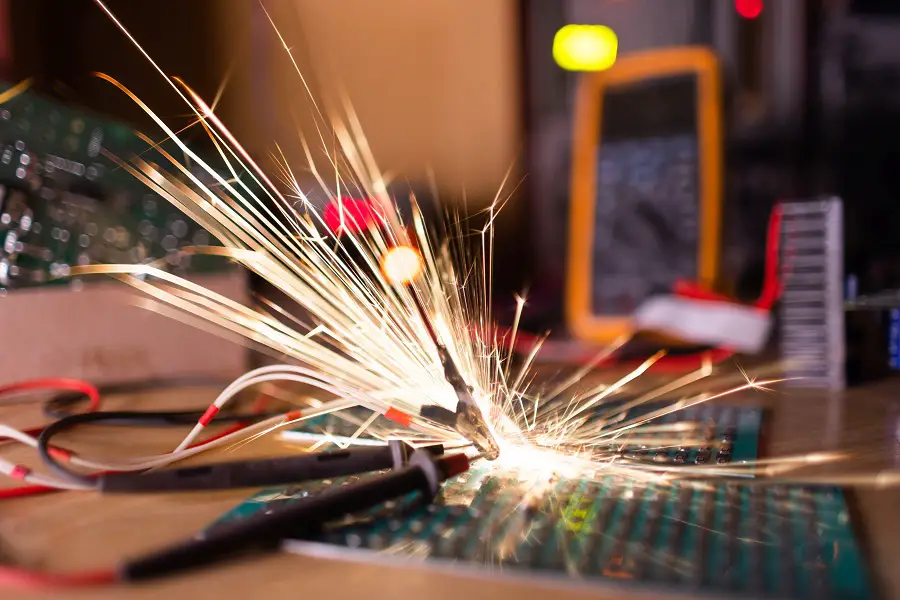
Electrical resistance of wood
The ability of wood to resist the passage of electric current is called relectrical resistance. It is the most important electrical property of wood and depends on humidity, temperature, species, grain direction, dimensions of the piece, applied voltage.
Humidity is the most important. The smaller it is, the better the wood insulates. Increasing the moisture level in the water-bound range, i.e. up to 30% moisture, changes the behaviour of the wood greatly. This property is the basis for measuring the moisture content of wood with an electric moisture meter.
Temperature is inversely proportional to the electrical resistance. The higher the temperature, the lower the electrical resistance. This is because the higher temperature makes the free ions in the water more active.
Species. Wood is not a homogeneous material and the species are very different. It is understandable that the behaviour is also different. How the pores are arranged, the content of salts and similar substances, the air inside are all factors that influence electrical conductivity.
Fibre direction. At the same humidity the conductivity can be different. This is also due to the percentage of longitudinal fibres. The higher the percentage, the higher the conductivity of the species. Such species are suitable for pyrography (willow, poplar, frasin, molid).
Dimensions of the piece. The longer and thinner the wood, the more easily the current is transmitted. Short and thicker pieces have greater electrical insulation capacity.
What turns wood from an insulator to a conductor of electricity
The water content is what makes the difference. But it's not the water itself that drives the current and the salts dissolved in it. Pure 100% water is a perfect electrical insulator. When salts are dissolved in water they give rise to ions and the water becomes an electrolyte that conducts current.
The water in nature, which drives the food into the standing tree and which must be taken out of the felled one to turn it into good wood for constructioni or furniture, it is not pure. It contains many dissolved salts that become the carrier of electric current. Once the wood is dry, some of the salts come out, others remain inside in solid form, unable to conduct current. When the water returns, the salts dissolve and the electrolyte solution appears again.
The most commonly used salts to increase the conductivity of wood are sodium chloride (table salt) and baking soda (baking powder).
Finished wood can become a better conductor of electricity if it is finished with high gloss varnish or paints or patinas containing metals. Antique pieces, with gilded or silvered edges or profiles, conduct current better than plain ones.
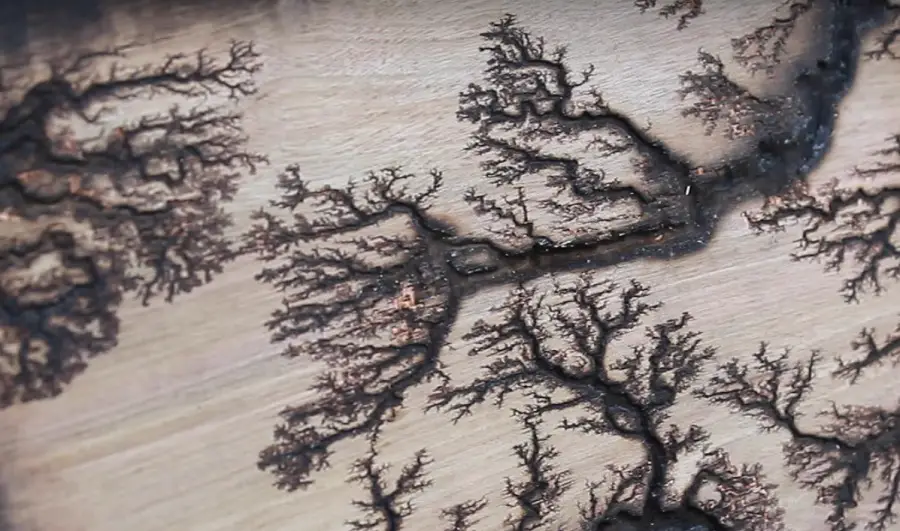
Drawings in wood using electricity
The ability of wet wood to conduct current is used to obtain so-called Lichtenberg figures. These are specific drawings made by burning wood with electric current and resemble electrical discharges in the air. It is a very dangerous method because it takes a minimum of 2000 volts to produce a small drawing. Information on the method can be found at here, but the recommendation is not to apply it because it is far too dangerous.
Water with baking soda is used to make wood into a material that conducts electricity. Table salt is not recommended because of the toxic chlorine compounds that form at the high temperature developed by the discharge of thousands of volts.
I hope you find the above information useful. As usual, additions are welcome. And if you have any questions or queries, please leave them in the space below. I'm sure I'll reply.

















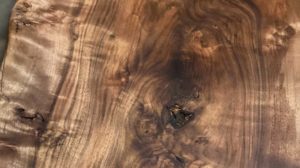


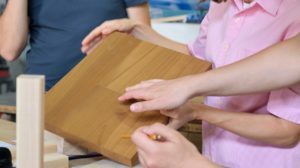
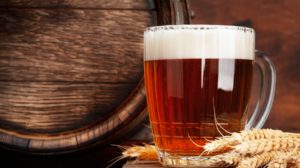
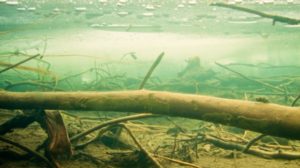
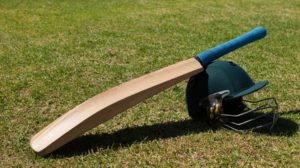
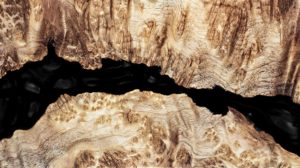
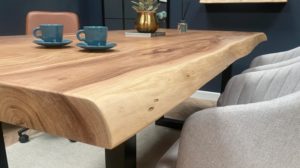

Add comment